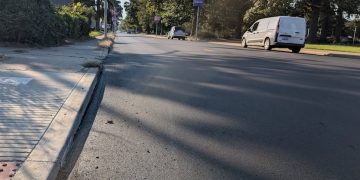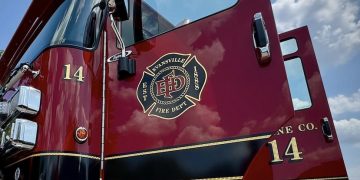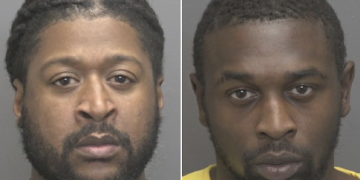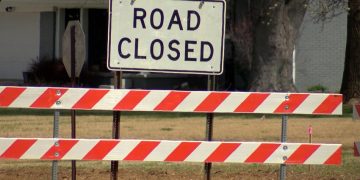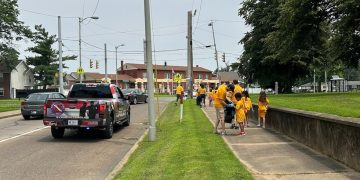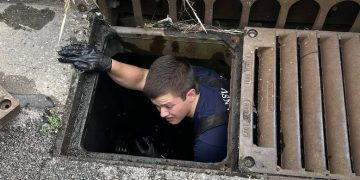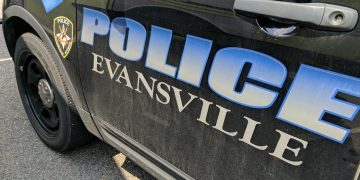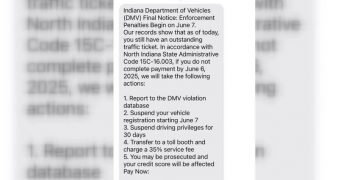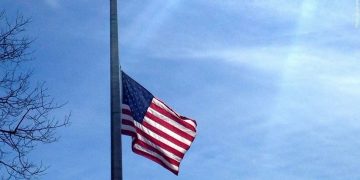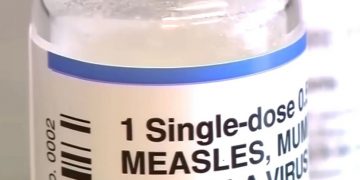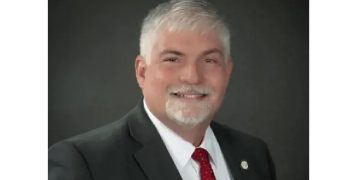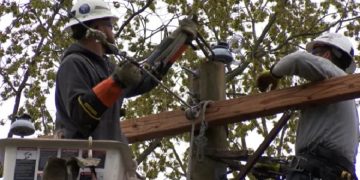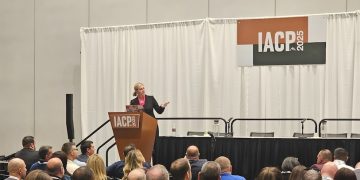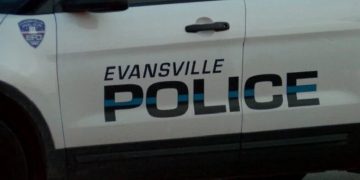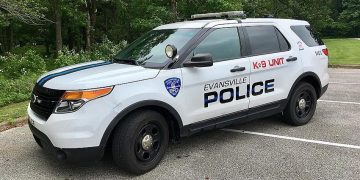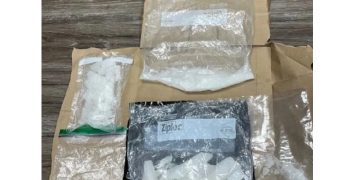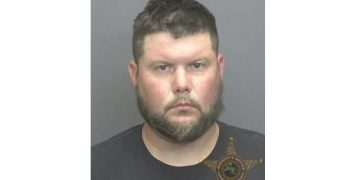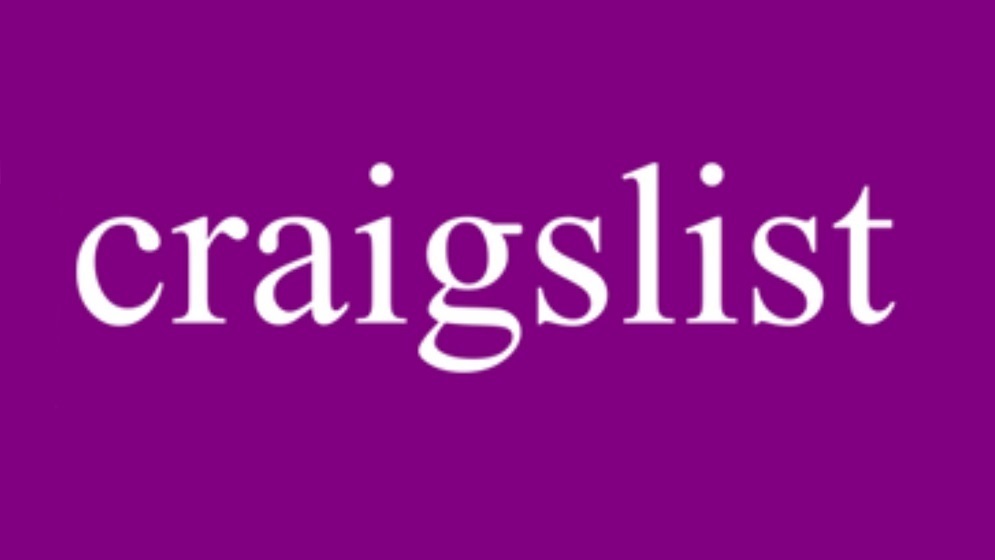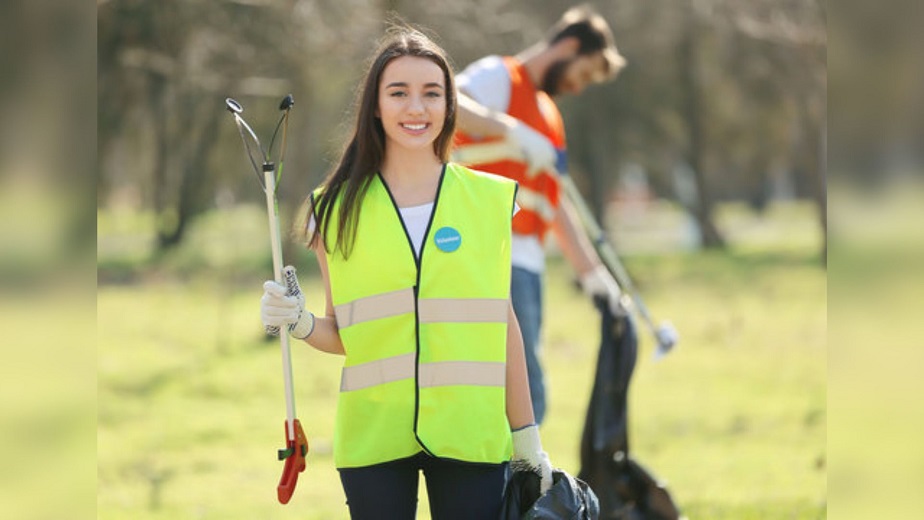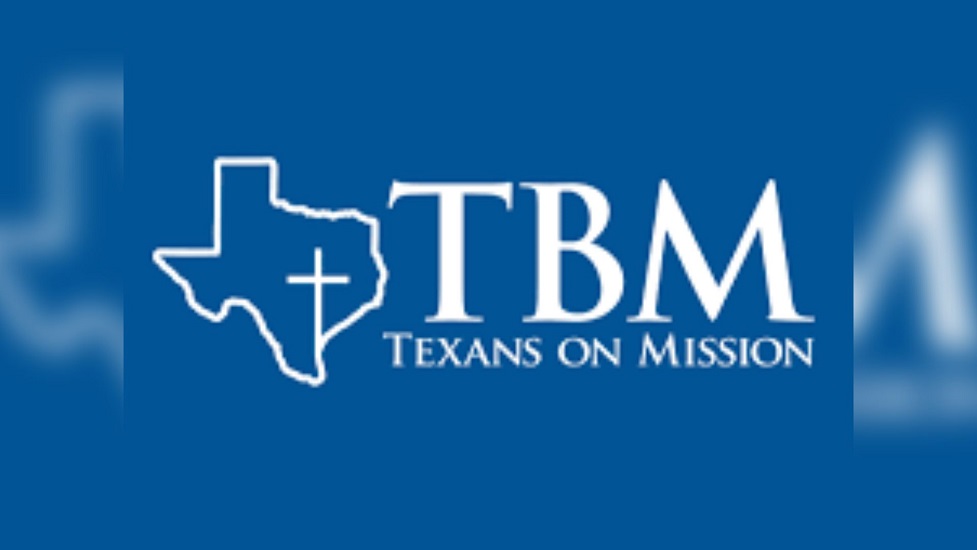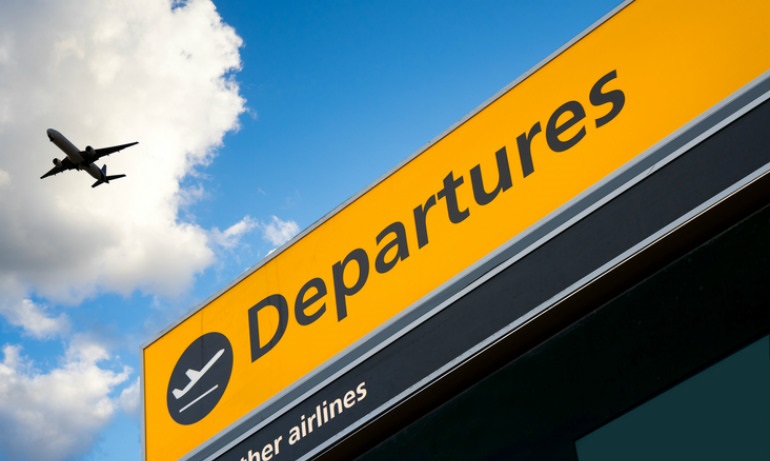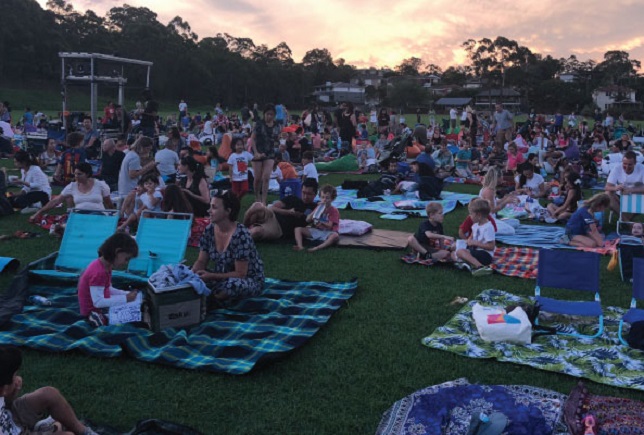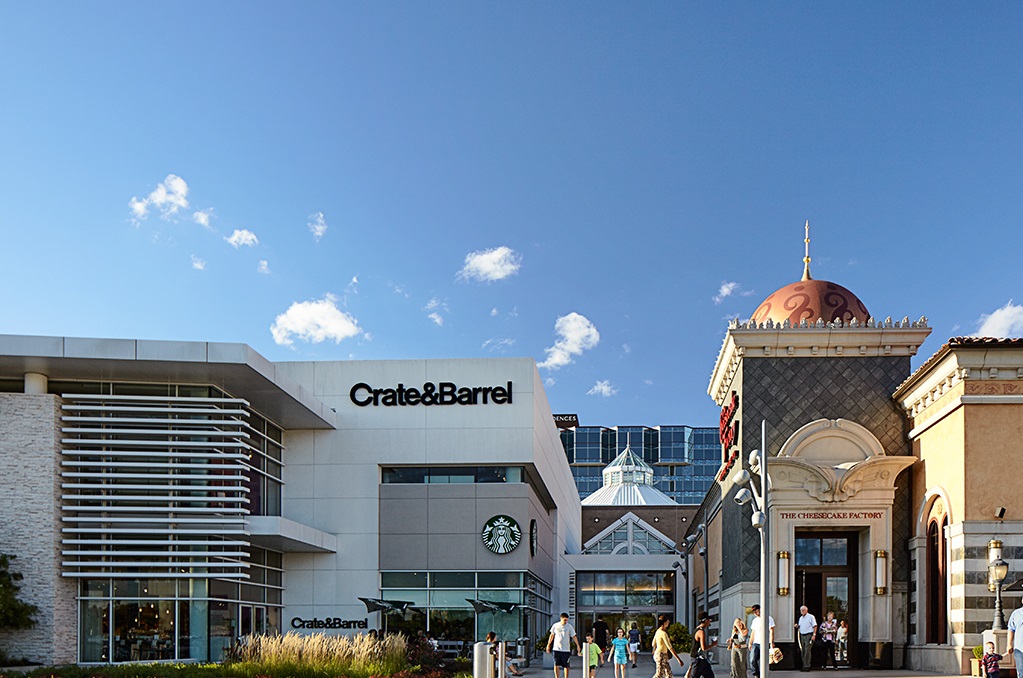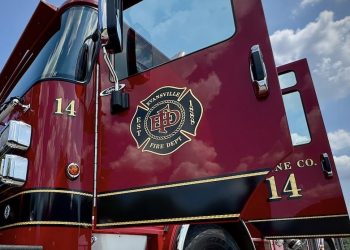Secretary of state Connie Lawson said on Friday that the state received the personal protection equipment (PPE) that it had ordered for election workers, using $7.5 million of Coronavirus Aid, Relief, and Economic Security (CARES) Act funding.
National Guard troops had started delivering masks, sanitizer, gloves and microfiber towels to all 92 counties the previous day, and were continuing deliveries “as I speak,” Lawson said.
Lawson said that her office had tapped Indiana sources of PPE who did not supply PPE to medical providers—to make sure her office was not depriving health care workers of needed equipment. Lawson made her remarks during Indiana governor Eric Holcomb’s regular press conference on Friday.
Monroe County’s election supervisor Karen Wheeler confirmed to the Square Beacon Friday afternoon that the National Guard had dropped off two pallets of PPE material earlier that morning. The pallets were not completely full, but had lots of the equipment, she said. She called it “rather impressive.”
Earlier, election staff said the secretary of state’s office had informed Monroe County that its share of the $7.5 million in federal funding for election safety would include: 3,000 masks; 1,750 pairs of gloves, 30 gallons of sanitizer; 31 gallons of surface cleaners; and 1,250 microfiber towels.
The PPE material is for election workers, not voters. Lawson said. She encouraged voters to wear their own face coverings and gloves to polling places, if they vote in person. In-person early voting starts May 26. In-person voting and will also be possible on primary election day, June 2.
The reduced number of polling locations in Monroe County, from more than 30 to just seven, are listed out in a mass mailing that was sent on Wednesday to the roughly 97,000 registered voters in the county. As of Friday, at least some voters had received it.
The seven polling locations are not general purpose vote centers. Voters still have to vote at the one polling location to which their precinct has been assigned. That information is included in the mailing. Or voters can check online to confirm where they are supposed to vote in-person.
The voting method that state and local officials continue to push is by mail. No-excuse absentee voter was approved by the state’s election commission just for the June 2 primary.
The mass mailing to all registered voters in the county also includes an application for a no-excuse absentee ballot, which voters can send in by mail. They can also use the secretary of state’s online portal to ask for a ballot.
The deadline for requesting a ballot is next Thursday, May 21.
Wheeler told The Square Beacon late Friday that 10,159 ballots had already been sent out to voters who applied for them. Of those, 4,337 ballots have been returned.
In the 2016 primaries, 10,758 Monroe County residents voted absentee or early, of the 38,083 who turned out.
So this year’s vote-by-mail total is on pace to eclipse the number of non-election-day voters in 2016, even without factoring in early in-person voters.
Wheeler said her office had mailed out 600 ballots in one day at peak capacity. Over the course of next week, that would add a couple thousand more ballots to the 10,000 that have already been sent out.
At an election board meeting in late April, Bob White of B&L IT Services, who manages the county’s voting equipment, ball-parked the maximum throughput of the newly renovated space at Election Central to be around 1,000 voters a day. That would make 6,000 for the six days of early voting.
The potential 6,000 ballots cast during early voting, when added to maybe 13,000 vote-by-mail ballots, would amount to 19,000 non-election-day voters. That’s half of the 38,000 total who voted in the 2016 primary. If turnout is similar this year, that would still leave about 19,000 voters casting ballots at the seven polling sites on election day. That’s about 2,700 voters per polling site.
Building size was a key criterion in polling site selection. Bloomington’s city hall, with its 4,100 square feet got the nod over Free Methodist Church, which is a 2,100-square-foot-facility.















